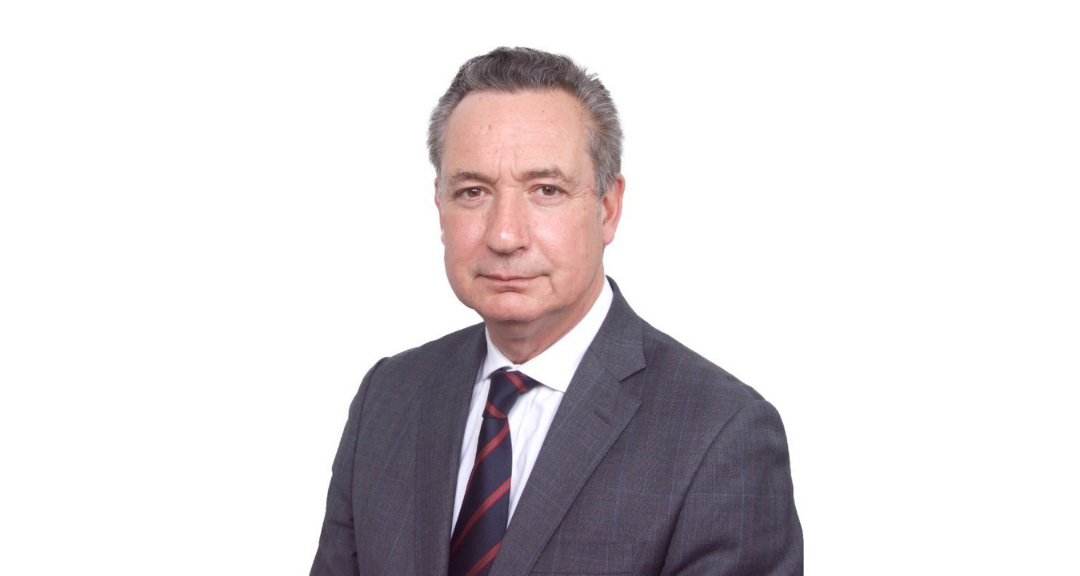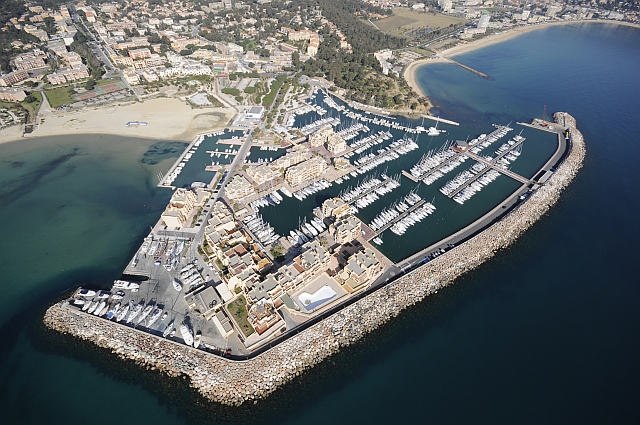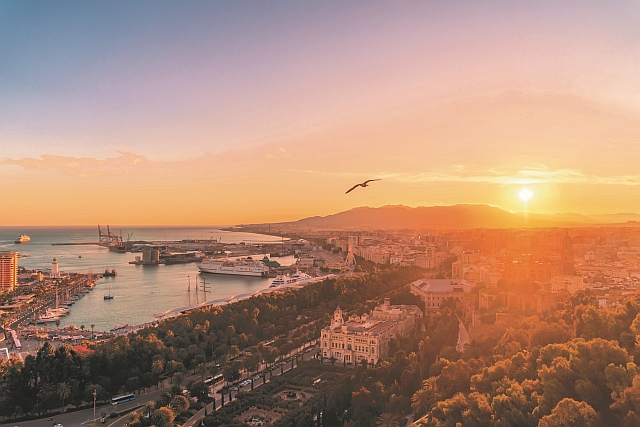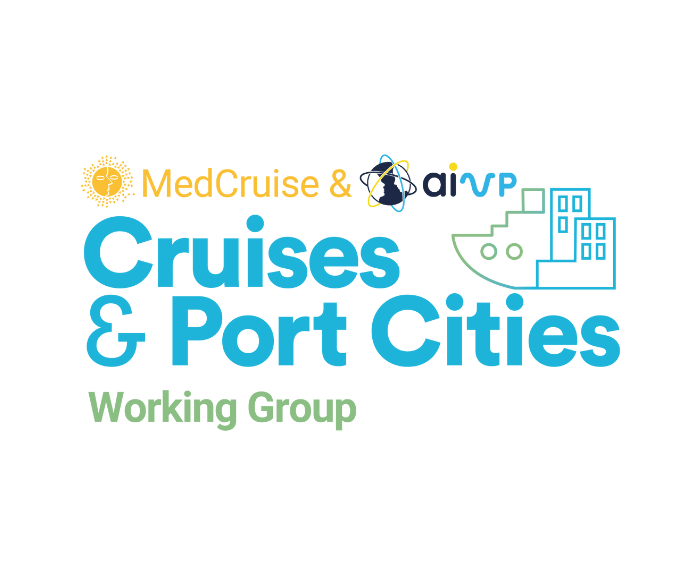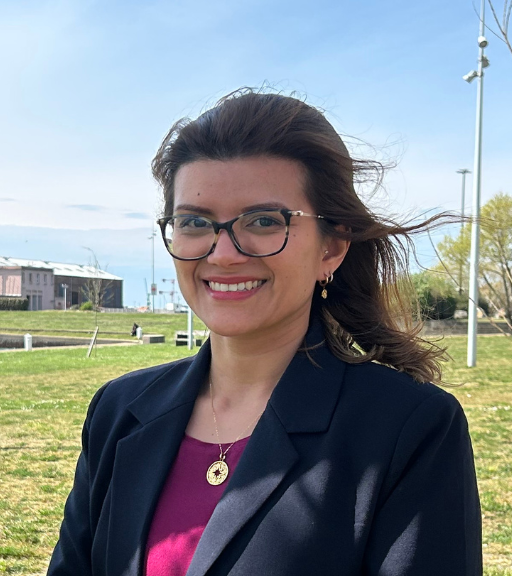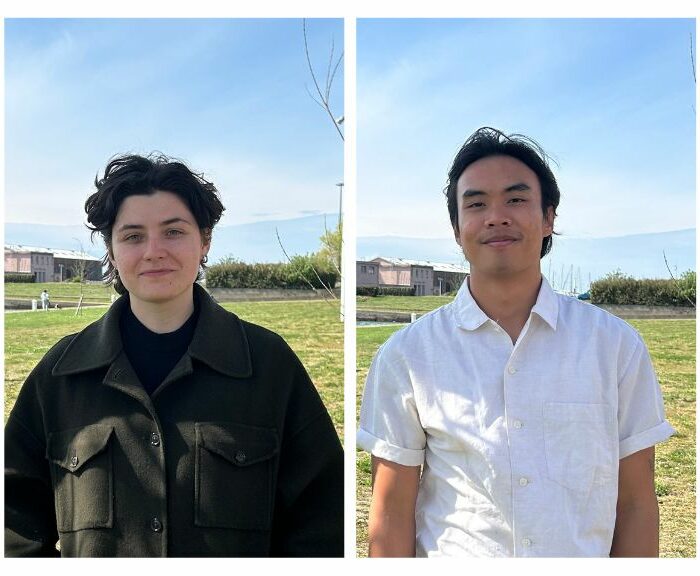From air quality and water management to mitigating the environmental impacts of port activity, and more, there are a host of challenges when it comes to guaranteeing the residents of our port cities a high quality, healthy living environment, as recommended in Goal 9 of the AIVP 2030 Agenda.
The Suez Group is a signatory to the AIVP Agenda. Several of our Goals overlap with Suez’s area of action. In particular, Suez has developed a range of projects and played an active role in some very relevant initiatives aimed at making Goal 9 a reality. So we decided to talk to them, to get SUEZ’s views and learn about their innovative solutions for tackling the challenges posed by Goal 9.
SUEZ has been a member of AIVP since 2013
AIVP – Marina developments are often included as part of waterfront regeneration projects. Your subsidiary, Marinov, develops solutions to protect the environment in marinas. Can you tell us more about them? And can they be replicated in commercial inland or seaports?
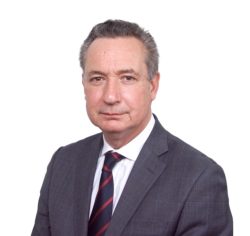 Gerald de Maleville, Development Director, Public-Private Contracts, SUEZ – SUEZ and its subsidiary Marinov are particularly committed to protecting the port environment and developing relations between the port and city. To that end, SUEZ offers practical solutions to the sustainable development challenges faced by local communities and the changing expectations of port users (local residents, businesses, tourists). We also aim to integrate these solutions and developments, to make them true “living spaces”. The “Presqu’Ile en Seine” project, which includes three marinas downriver from Paris, is a good illustration of this new approach to developing infrastructures and services for all (users and the general public).
Gerald de Maleville, Development Director, Public-Private Contracts, SUEZ – SUEZ and its subsidiary Marinov are particularly committed to protecting the port environment and developing relations between the port and city. To that end, SUEZ offers practical solutions to the sustainable development challenges faced by local communities and the changing expectations of port users (local residents, businesses, tourists). We also aim to integrate these solutions and developments, to make them true “living spaces”. The “Presqu’Ile en Seine” project, which includes three marinas downriver from Paris, is a good illustration of this new approach to developing infrastructures and services for all (users and the general public).
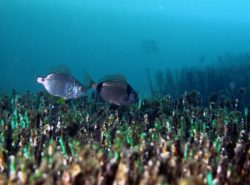
SUEZ and Marinov help local authorities and public-sector organisations to manage and protect the environment, using effective, dedicated solutions. That may involve carrying out environmental diagnostic assessments of ports and coastal areas, or monitoring the quality of aquatic environments (GenSpot, rainwater impact, models, real-time monitoring, etc.). We also carry out pollution clearance and cleaning of water courses, including in emergency or crisis situations. Restoring biodiversity is actually one of the services we provide. It includes installing artificial habitats on maritime infrastructures to provide breeding grounds for fish (with our solutions ReFISH® or CYSTORE™).
These solutions apply to the port bay in general, not just marinas.
AIVP – Your water quality and environmental protection projects, such as those you have carried out Bordeaux or Marseilles (France), are often complicated by their scale and the resulting territorial implications. They involve a wide range of stakeholders, as is generally the case in port cities. Given that, how can port cities anticipate the risk and optimise their environmental protection measures at an early stage?
Gerald de Maleville, SUEZ – I believe a “smart” approach, that relies heavily on information technologies, can provide useful solutions. In Marseilles, through SERAMM (the Sanitation Service for the Marseilles Metropolitan Area), SUEZ collects and treats some 150 million cubic metres of wastewater and rainwater every year. Protecting the coastline and the environment is central to the job of wastewater treatment. In this port city, SERAMM is doing this by actively helping to build a leading coastal smart city. SERAMM is set to develop the first water treatment service in France that will simultaneously – and in real-time – manage both onshore sanitation infrastructures and the impact on the environment in general and the marine environment into which water is released. These systems includes predictive models that simulate water drainage and discharge using meteorological data, and can even forecast bathing water quality.
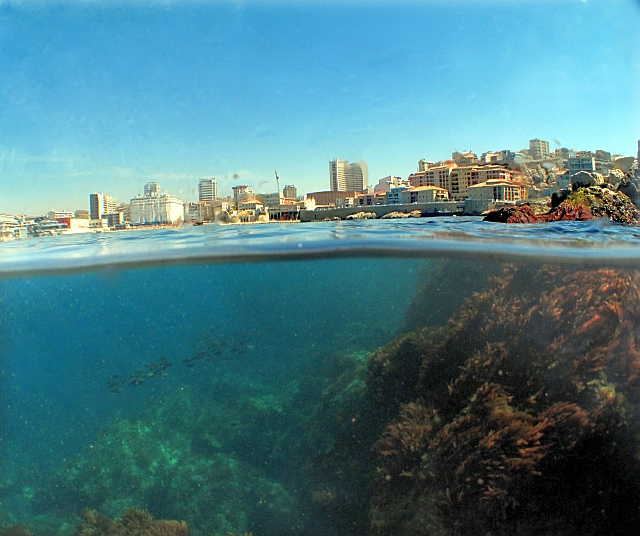
With 50 km of coastline, Marseilles has the biggest urban seaside park in Europe. Some innovative practices have been adopted to monitor bathing water quality and provide information for users. If there meteorological data shows there is a risk that safe levels could be exceeded, the tools in place detect this as quickly as possible. In addition to these real-time forecasts, sea water samples are analysed with the GEN SPOT® method to obtain bacteriological results in under three hours. That rapid turnaround can sometimes avoid the authorities having to close beaches unnecessarily, or where beaches have been closed, allow them to be re-opened quickly. The “Marseille Infos Plages” app provides smartphone users with real-time updates on bathing conditions at the city’s 21 beaches.
AIVP – You are one of the partners of the “Dunkirk, Creative Energy” project, which was created by the Dunkirk Urban Community (also a member of AIVP) and adopted by the French State in 2019 following a tender process dubbed “Land of Innovation”. Specifically, you are involved with the air quality aspect. More generally, and not just in Dunkirk, are there any special features of city ports when it comes to the air quality issue? And what are the solutions that could be used to address them?
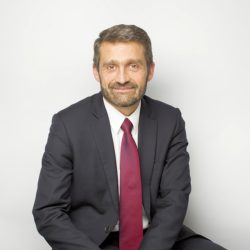 Nicolas Prego, Technical & Marketing Director, Smart & Sustainable Cities, SUEZ
Nicolas Prego, Technical & Marketing Director, Smart & Sustainable Cities, SUEZ
Director of the “Dunkirk, Creative Energy” project” –
It’s true, the Dunkirk Urban Community, led by its President, Patrice Vergriete, and the Hauts de Flandre Association of Municipalities, obtained State backing following the “Land of Innovation” tender, for a highly ambitious project to redevelop the area extensively by 2030. The main idea behind the project is to create a sort of territorial “symbiosis” embodying the industry, port and city of the future, with four strategic priorities: air quality, industrial and territorial ecology, the energy transition, and territorial intelligence.
I must stress that this project would not have been possible without the considerable co-construction efforts undertaken with all of the partners in the Dunkirk area: local authorities and public sector partners (including Grand Port Maritime de Dunkerque), economic and industrial partners including SUEZ, universities and research laboratories (Université du Littoral-Côte d’Opale, CEA, etc.) and non-profit organisations, federations and other bodies (Local Planning Agency, “ATMO Hauts-De-France” air quality monitoring institute).
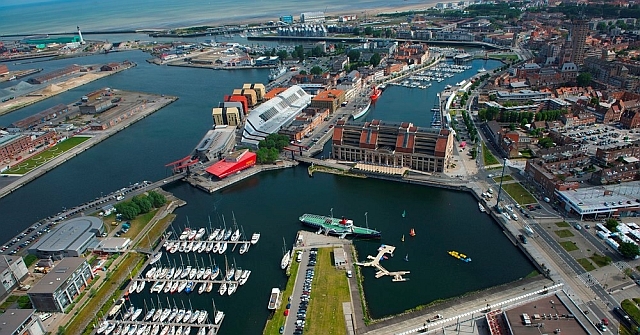
SUEZ, with its long background of working in the Dunkirk area, supported the candidacy from the outset. The Suez Group played a major role in structuring the overall project and coordinating the ecosystem, and focused particularly on the issue of air quality. Two specific actions were identified, one concerning digital decision-making tools, the other dealing with the deployment of operational solutions for processing and recycling polluting emissions. These will be completed by the deployment of a local health monitoring institute.
AIVP – Of the innovative solutions that you are developing, others could no doubt be applied to some of the sub-goals of AIVP Agenda Goal 9. One example that comes to mind is your efforts to promote the rediscovery of rivers. To conclude, could you give us some concrete examples that specifically apply to port cities?
Gerald de Maleville, SUEZ – It’s true that many port cities are positioned on rivers or at river mouths which form an integral part of port ecosystems. Rediscovering rivers is now a major urban development issue.
SUEZ intervenes in several ways. One is transporting waste by river. A river convoy of 4,000 tonnes can avoid the use of 200 twenty-tonne trucks, with a significant impact in terms of air quality, noise pollution and traffic congestion. These are particularly important developments in the case of the Grand Paris Express project, for which we deployed logistics at several construction sites.
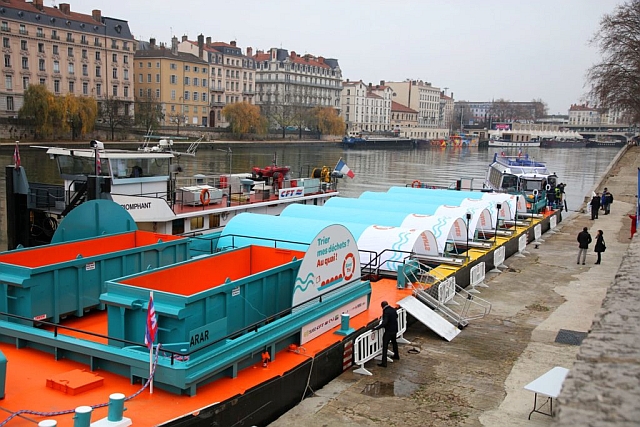
The development of river banks is another example. As part of the major urban project for the Ile de Nantes, we are helping to create a green landscape to enable users to get closer to the river banks. Another example, this time in the French town of Pauillac, is the redevelopment of the town centre quays, which allowed the creation of a pedestrian and cycle path along the river banks, and the development and improvement of the marina. Finally, improving relations between the city and river also means protecting against flooding to ensure the safety of local residents. SUEZ is heavily involved in this process, from hydraulic studies of the basin to the operational deployment of work to improve soil permeability with solutions such as “Smart Pluvial” used in Douai.
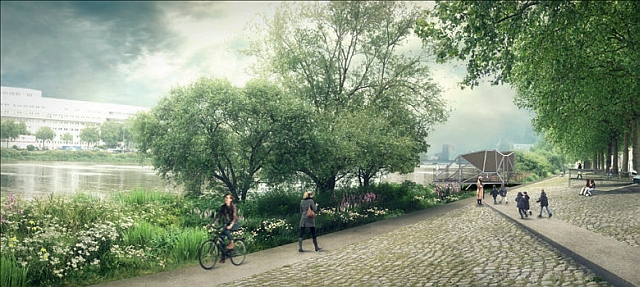
While SUEZ does not have a major presence in port-related professions, our expertise on environmental issues and knowledge of territories puts us at the heart of the challenges in building tomorrow’s ports. The operation of major commercial ports is inextricably tied with that of the local areas and regions in which they are located, and it is vital to take account of the environmental aspects. SUEZ’s solutions, based on environmental performance and the circular economy, are available to the port ecosystems that we deal with based on the different scales of the port, the port city, and the river. Schematically, we identify three main categories of actions: making ports more attractive, improving quality of life in port cities, and regenerating rivers.

